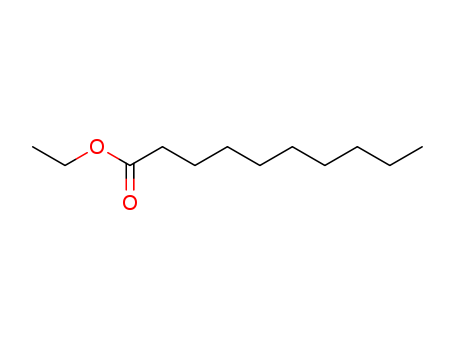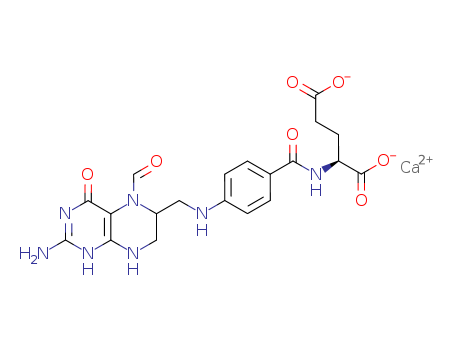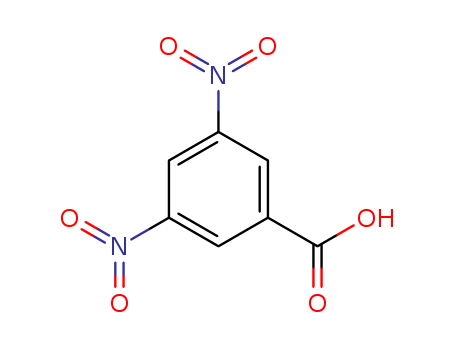Preparation of a carbon-based solid acid catalyst by sulfonating activated carbon in a chemical reduction process
Liu, Xiao-Yan,Huang, Miao,Ma, Hai-Long,Zhang, Zeng-Qiang,Gao, Jin-Ming,Zhu, Yu-Lei,Han, Xiao-Jin,Guo, Xiang-Yun
, p. 7188 - 7196 (2010)
Sulfonated (SO3H-bearing) activated carb...
Coupling of fermentation and esterification: Microbial esterification of decanoic acid with ethanol produced via fermentation
Oda, Shinobu,Ohta, Hiromichi
, p. 1388 - 1390 (2001)
Two different kinds of bioprocess, ethan...
INFLUENCE OF SMALL ADDITIONS OF SnCl2 ON THE YIELD AND REGIOSELECTIVITY OF THE HYDROCARBOALKOXYLATION REACTION IN THE ACETONE - PdCl2 -PPh3 SYSTEM AT LOW CO PRESSURES
Terekhova, M. I.,Karpyuk, A. D.,Kolosova, N. D.,Petrov, E. S.,Beletskaya, I. P.
, p. 2176 (1983)
-
Cationic Silica-Supported N-Heterocyclic Carbene Tungsten Oxo Alkylidene Sites: Highly Active and Stable Catalysts for Olefin Metathesis
Pucino, Margherita,Mougel, Victor,Schowner, Roman,Fedorov, Alexey,Buchmeiser, Michael R.,Copéret, Christophe
, p. 4300 - 4302 (2016)
Designing supported alkene metathesis ca...
Catalytic Asymmetric Hydroalkylation of α,β-Unsaturated Amides Enabled by Regio-Reversed and Enantiodifferentiating syn-Hydronickellation
Zhou, Fang,Zhu, Shaolin
, p. 8766 - 8773 (2021/07/26)
Here, we report an enantioselective nick...
One-Pot, Tandem Wittig Hydrogenation: Formal C(sp3)-C(sp3) Bond Formation with Extensive Scope
Devlin, Rory,Jones, David J.,Mcglacken, Gerard P.
supporting information, p. 5223 - 5228 (2020/07/14)
A one-pot, tandem Wittig hydrogenation o...
Oxidative Esterification of Aldehydes and Alcohols Catalyzed by Camphor-Based Imidazolium Salts
Bian, Tiancen,Feng, Li,Li, Danfeng,Huang, Jiaxin,Zhao, Yuxun,Xu, Xu,Yang, Yiqin,Wang, Shifa
, p. 1812 - 1820 (2020/01/11)
Abstract: Sixteen new camphor-based imid...
Medium-chain fatty acids from Eugenia winzerlingii leaves causing insect settling deterrent, nematicidal, and phytotoxic effects
Cruz-Estrada, Angel,Ruiz-Sánchez, Esaú,Cristóbal-Alejo, Jairo,González-Coloma, Azucena,Andrés, María Fe,Gamboa-Angulo, Marcela
, (2019/05/27)
Eugenia winzerlingii (Myrtaceae) is an e...




![potassium [18-crown-6] bis(catecholato)hexylsilicate](/upload/2023/8/fbf926b8-7f6c-4dbb-9e66-3105002b4d14.png)




















